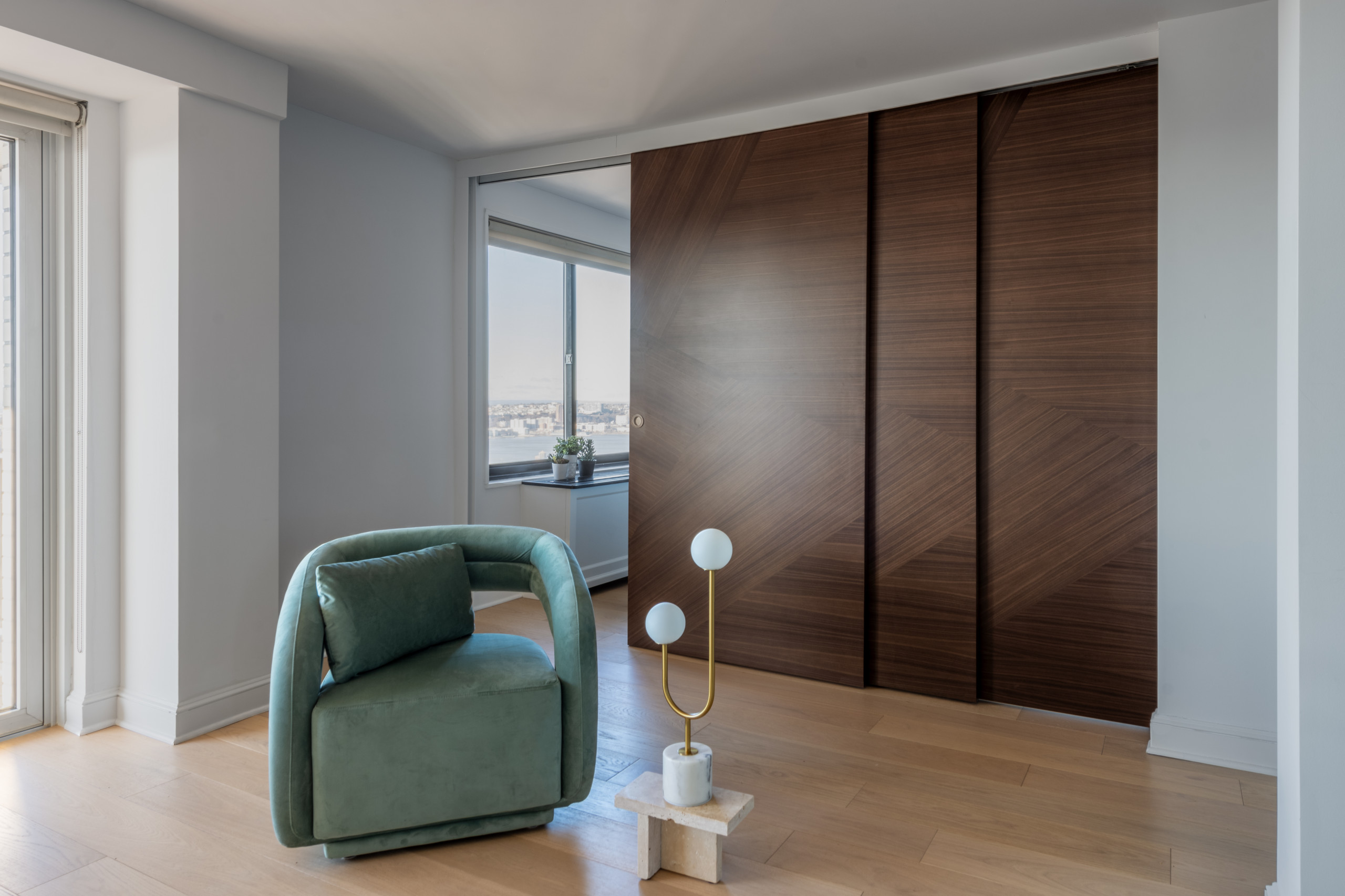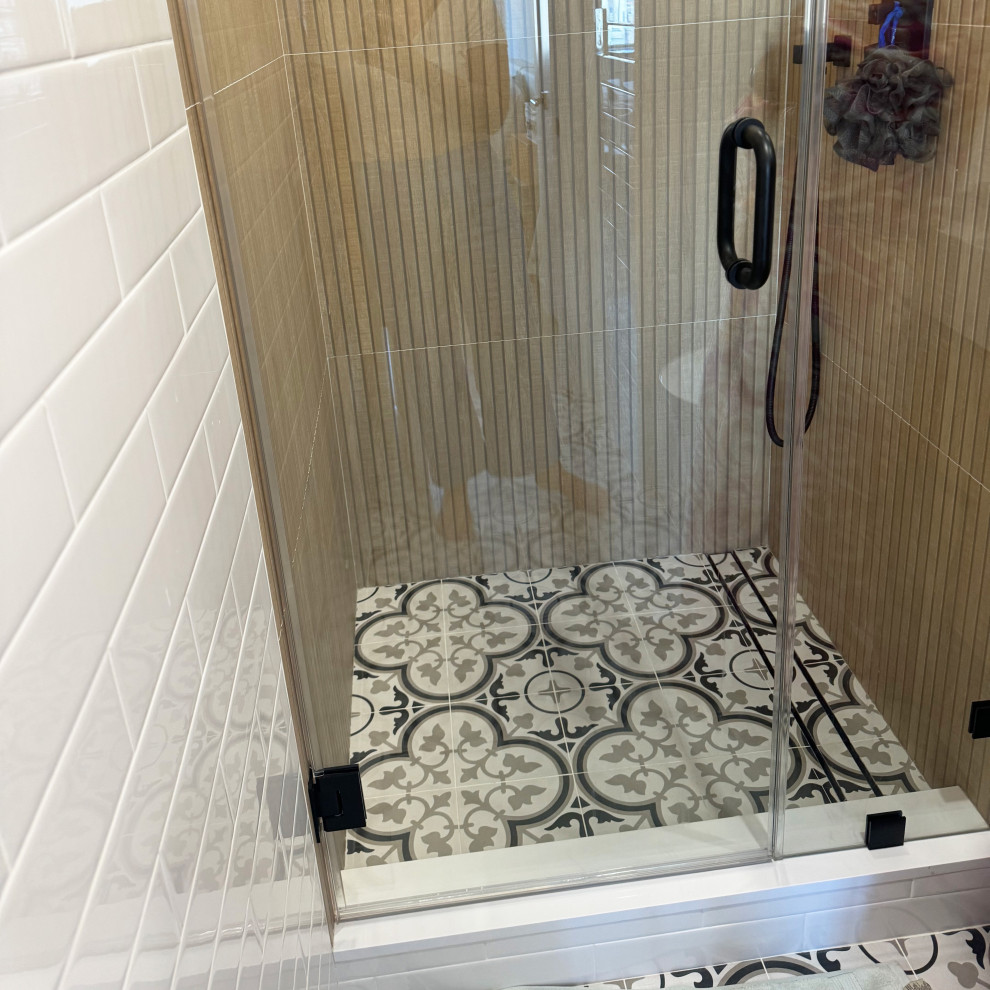Flips, Fixups and Faux-pas: Ep 1

When Contractors Dance Around the Dirty Work
Every project has its rollercoaster moments. Handling clients who expect miracles isn't always a walk in the park. Even if the design phase was smooth, the real fun begins when you're on-site with the contractor, digging into walls and uncovering surprises, not necessarily happy ones.
Take, for example, a recent apartment restoration I was overseeing in New York city. In the primary bathroom, we hit a snag. The new shower had to be shorter due to the existing, not-up-to-code drain. Fixing it was the first order of business. But then, the contractor claimed our tile choice wouldn't allow for proper drainage. Cue the client's full-blown panic mode, convinced the shower was doomed and our custom design was all for naught. Obviously, we didn't want to mess with the existing pipes — dealing with the DOB and permits is a nightmare, and it would have delayed the entire project, which simply wasn't worth it. So, we had to make the best of the situation.
Intriguingly, the contractor had been advocating for easier mosaic tiles from the start, while we were aiming for something with more flair. Turns out, his team hadn't even glanced at our material specifications during their initial pricing. But typically, contracting companies always include a small contingency percentage in their quotes to account for unforeseen hitches. So, minor hiccups shouldn't daunt them.
In the world of renovations, you roll with the punches. Thus, we crafted a solution on the fly and thought of a continuous infinity drain. Obviously, the contractor’s first reaction was a flat-out "This is impossible!". He didn’t even want to consider alternatives. I could see my client on the verge of fainting, dreading the thought of having to toss her expensive stones. I quickly rallied the tiling expert who was on-site and ready to install the tiles. Together, we precisely laid them one by one, ensuring the pitch was just right. The contractor stood
there, unphased.
Then came the question of who would foot the bill for the extra work. And it was obvious from the start: owners are responsible for unexpected costs, as predicting these things would require a crystal ball. The client, relieved and smiling again, was on board. The initial panic and the potential for an unnecessary change order were about as welcome as a root canal!
Bref (as the French say), the contractor and the designer should be on the same team. The crucial task is to wrap up the project on time, within budget, and transform that interior design into a fabulous reality with minimal bumps in the road. Good communication and some compromise can work wonders. After all, as the saying goes: A pleased spouse makes the house! 😉
In Hindsight…
- Make sure contractors consider all material installation costs and types during preliminary pricing.
- Inform clients about potential surprises in home improvements; never assume they know.
- Reassure clients that there is always a solution for any issue that arise.
- Contractors should bring problems to the design team first, even if hired directly by the client, to address issues collaboratively before involving the client.

#interiordesign #interiordesigner #newyork #newyorkapartments #newyorkrenovations #apartmentrenovation #homeimprovements #apartmentdesign #newyorkdesigner #newyorkdesign #designblog #designmatters #designweek #designinspiration #designs #lovedesign #designstudio #designideas #designlovers #designers #designart #designerlife #architecture #designed #designing #designtipsandtricks #designer #homestaging
